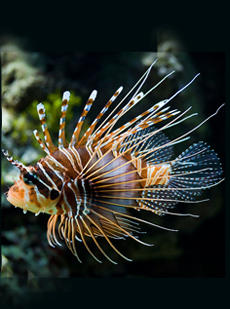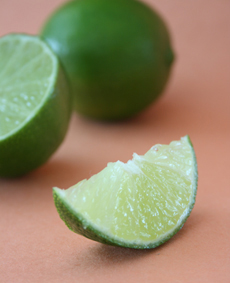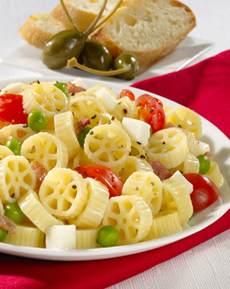|
You’ve no doubt heard about invasive species of fish and other water creatures that have been brought into the country, to the peril of the native populations of lakes, rivers and oceans.
The invasive species either arrive accidentally (attached to sea vessels or escaped from fish farms) or are intentionally introduced to fix another problem (for example, to eat marine plants that are clogging up a waterway). These unwelcome fish, crab, eels and other water dwellers create problems by taking over other species’ food sources and habitats—or eating the native fish themselves! Even the popular tilapia, escaped from fish farms into waterways, is on the invasive fish list.
Invasive species are often hard to remove because they do not have natural predators in the regions where they’ve been introduced. But soon, hopefully, we’ll have a partial strategy: Eat them!
Food & Water Watch, a not-for-profit organization that works to ensure that the food, water and fish we consume is safe, accessible and sustainably produced, suggests adding invasive species as a menu item to help reduce these populations to less destructive levels.
|
|

The lionfish is a beauty, and also a poisonous
terror. Photo by Christian Mehlführer | Wikimedia. |
What’s for dinner?
The Asian carp that are clogging the Mississippi River and the Great Lakes, the European green crabs that have proliferated along both coasts, the lionfish that is devastating reef fish populations along the Florida coast and the Caribbean, Asian swamp eels and rusty crawfish could all be bound for the fish market soon.
Do your part by purchasing them and ordering them when you see them on restaurant menus. They may be invasive, but they’re also delicious.
Download the scoop on invasive species that would make a great meal.
Read more in this article from the New York Times.
|



